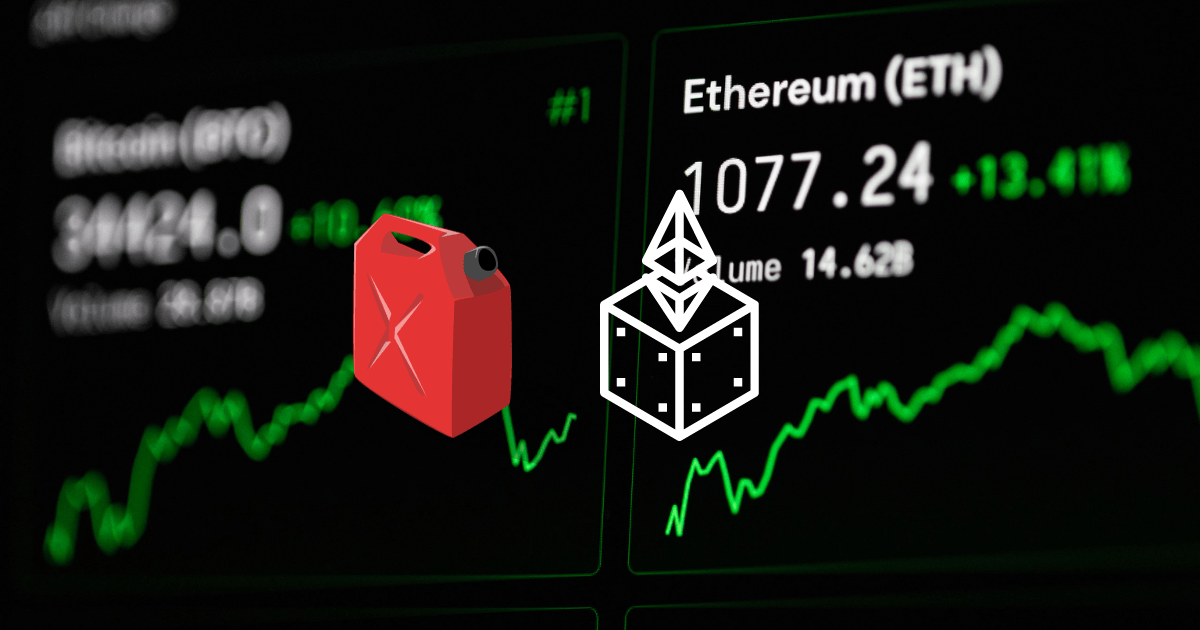Decoding Ethereum Gas Fees

In the high-octane world of Ethereum, “gas fees” are more than just a topic of conversation—they’re the bread and butter of the network’s operation, a sort of vehicular fuel for the digital age, if you will. So, buckle up as we embark on a journey to unravel the mystery of Ethereum gas fees in a way that’s both entertaining and enlightening.
Why does ETH need gas fees?
First off, let’s address the elephant in the room: Why do we even need gas fees? Well, imagine Ethereum as a bustling city and smart contracts as its buildings. To build or interact with these structures, you need resources. In the Ethereum city, gas fees are the cost of these resources.
They are the tolls on the information superhighway, keeping the traffic (transactions) moving smoothly and preventing the digital roads from being clogged by reckless drivers (spam transactions).
How are gas fees calculated?
Now, how are these fees calculated? It’s a bit like a taxi ride, where the cost depends on both the distance traveled and the traffic conditions. In Ethereum terms, the “distance” is the computational power needed to execute a transaction, while “traffic” refers to the network’s congestion.
The fee is calculated using a simple formula: Gas Units (how complex your transaction is) multiplied by Gas Price (how congested the network is).

But here’s where it gets interesting. Unlike the predictability of a taxi meter, Ethereum gas fees can be as volatile as a stock market on caffeine. They fluctuate based on network demand. Think of it like surge pricing during rush hour. When there’s a high demand for transactions, the gas price skyrockets, making it costlier to execute even the simplest operations.
One might wonder, who gets this gas fee? It doesn’t just vanish into the digital ether. Instead, it goes to the miners, the hardworking folks who process and validate transactions on the Ethereum network. Think of them as the traffic cops and maintenance crew of Ethereum city, ensuring everything runs smoothly.
Will ETH 2.0 be better?
The introduction of Ethereum 2.0, with its shift from Proof of Work to Proof of Stake, aims to change the game. It’s like switching from gasoline to electric—more efficient and environmentally friendly. This upgrade promises to reduce gas fees by improving the network’s capacity and efficiency, though it’s still a work in progress.

So, what does this mean for the average Joe or Jane? If you’re dabbling in Ethereum, whether for trading, investing in NFTs, or engaging in decentralized finance, gas fees are a fact of life, a necessary evil in the pursuit of decentralized glory.
It’s important to keep an eye on these fees, as they can significantly impact the cost-effectiveness of your transactions. Tools and websites are available to track gas fees in real-time, helping users decide the best time to execute their transactions.
If investing in ETH (this is not investment advice!), be sure to consider how much gas fees you’ll be paying on each purchase. Crypto isn’t dead — just yet — and looks like it may even boom in the near future.
In conclusion, Ethereum gas fees are the unsung heroes (or villains, depending on your transaction timing) of the cryptocurrency world. They’re the lifeblood of the Ethereum network, ensuring it remains secure, functional, and spam-free. As the network evolves, we might see changes in how these fees work, but for now, they remain a vital, albeit sometimes pesky, part of the Ethereum ecosystem. Remember, in the world of Ethereum, gas fees are the tollbooths on the highway of innovation, so always have your metaphorical change ready!




